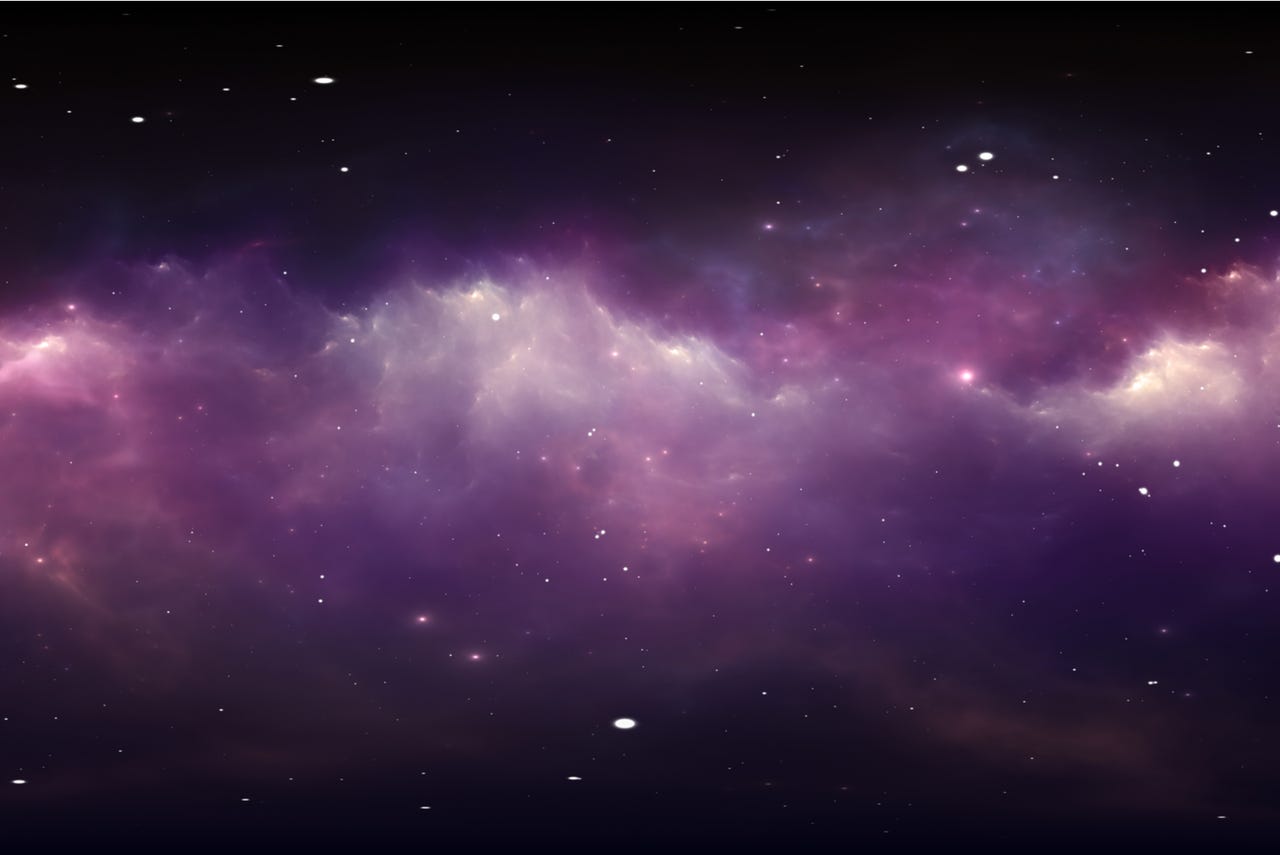































 Image: Jurik Peter/Shutterstock
Image: Jurik Peter/Shutterstock NASA on Monday kicked off a nine-month study designed to help scientists learn more about unidentified aerial phenomena (UAP) -more commonly referred to as UFOs. The agency recently selected 16 individuals who will form the independent study team, including leading scientists, data and AI practitioners, aerospace safety experts, and other experts in their respective fields.
Astrophysicist David Spergel -president of the Simons Foundation in New York City and previously the chair of the Princeton University astrophysics department -will lead the team. The most prominent member involved is former NASA astronaut Scott Kelly, who commanded the International Space Station during multiple missions and served as the pilot of Space Shuttle Discovery for the third Hubble Servicing Mission.
The study is effectively a preliminary look into UAPs and will focus on finding valuable data -the team will look at data collected by government entities, commercial data, academic findings, and any other publicly available information to determine what's relevant. The team will also consider how best to collect future data, and they'll study how NASA can use that data to move the scientific understanding of UAPs forward.
Also:NASA: This is the weird sound of a meteoroid hitting Mars
After nine months, the group will share their findings in an independent, unclassified report. NASA expects to release the full report to the public by mid-2023. Additionally, the agency expects to hold a full public meeting of the UAP Independent Study Team in late Spring 2023. The meeting will be broadcast to the public.
"NASA has brought together some of the world's leading scientists, data and artificial intelligence practitioners, aerospace safety experts, all with a specific charge, which is to tell us how to apply the full focus of science and data to UAP," said Daniel Evans, the official from NASA's Science Mission Directorate who is responsible for orchestrating the study. "The findings will be released to the public in conjunction with NASA's principles of transparency, openness, and scientific integrity."
Studying UAPs is important for ensuring air safety and national security, which aligns with one of NASA's goals of ensuring the safety of aircraft.
But even more broadly speaking, "establishing events, whether they're natural or need to be explained otherwise, is very much aligned with NASA's goals," Thomas Zurbuchen, the associate administrator for science at NASA's Washington HQ, said to reporters earlier this year.
"Part of our task at NASA," he continued, "is not only to do fundamental research but as part of that also to find life elsewhere."
While it's unrelated to this new study, NASA already has an astrobiology program that focuses on the origins, evolution, and distribution of life beyond Earth. The agency studies topics like water on Mars and "oceans worlds" such as Titan and Europa. It's also using missions like the Hubble Space Telescope to search for habitable exoplanets. NASA also funds space-based research that focuses on technosignatures -signatures of advanced technology in outer space -from other planets.
NASA has said it isn't part of the US Defense Department's Unidentified Aerial Phenomena Task Force or its successor, the Airborne Object Identification and Management Synchronization Group. The agency has, however, worked with other government agencies on how best to scientifically study UAPs. Defense Department officials testified at a House subcommittee in May, in the first public hearing on UAPs in more than 50 years.
 Tags quentes :
Inovação
Espaço
Tags quentes :
Inovação
Espaço